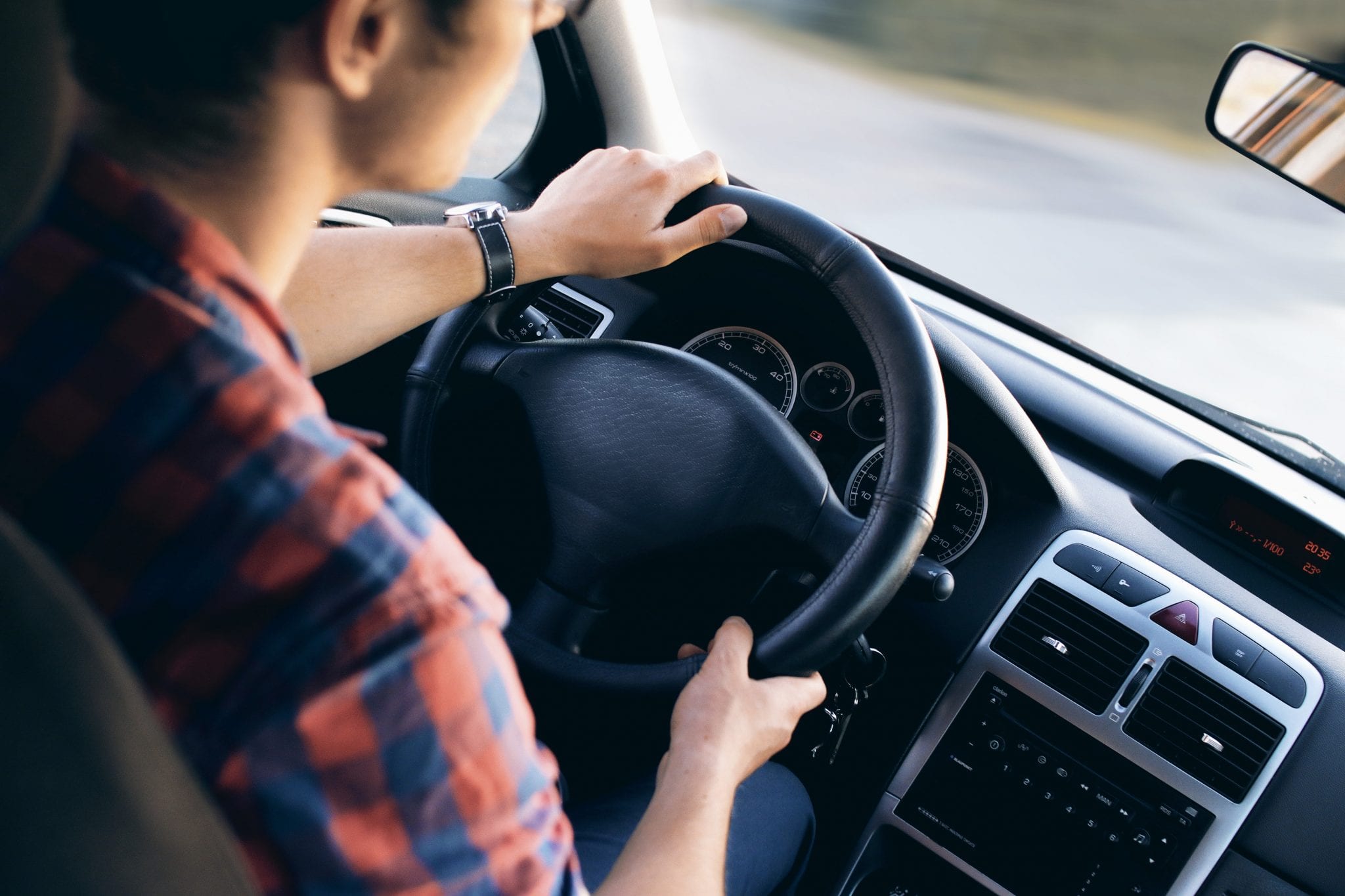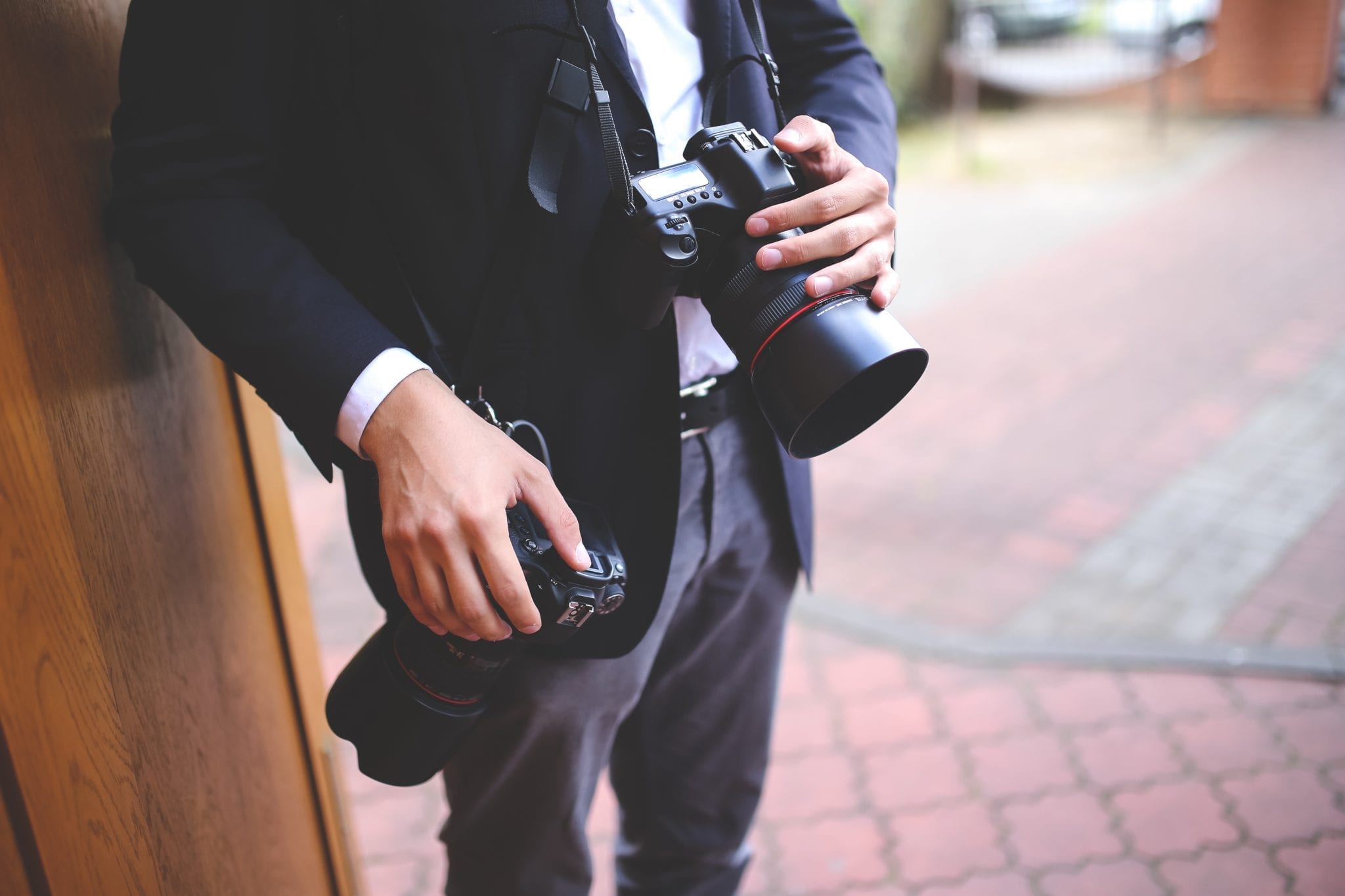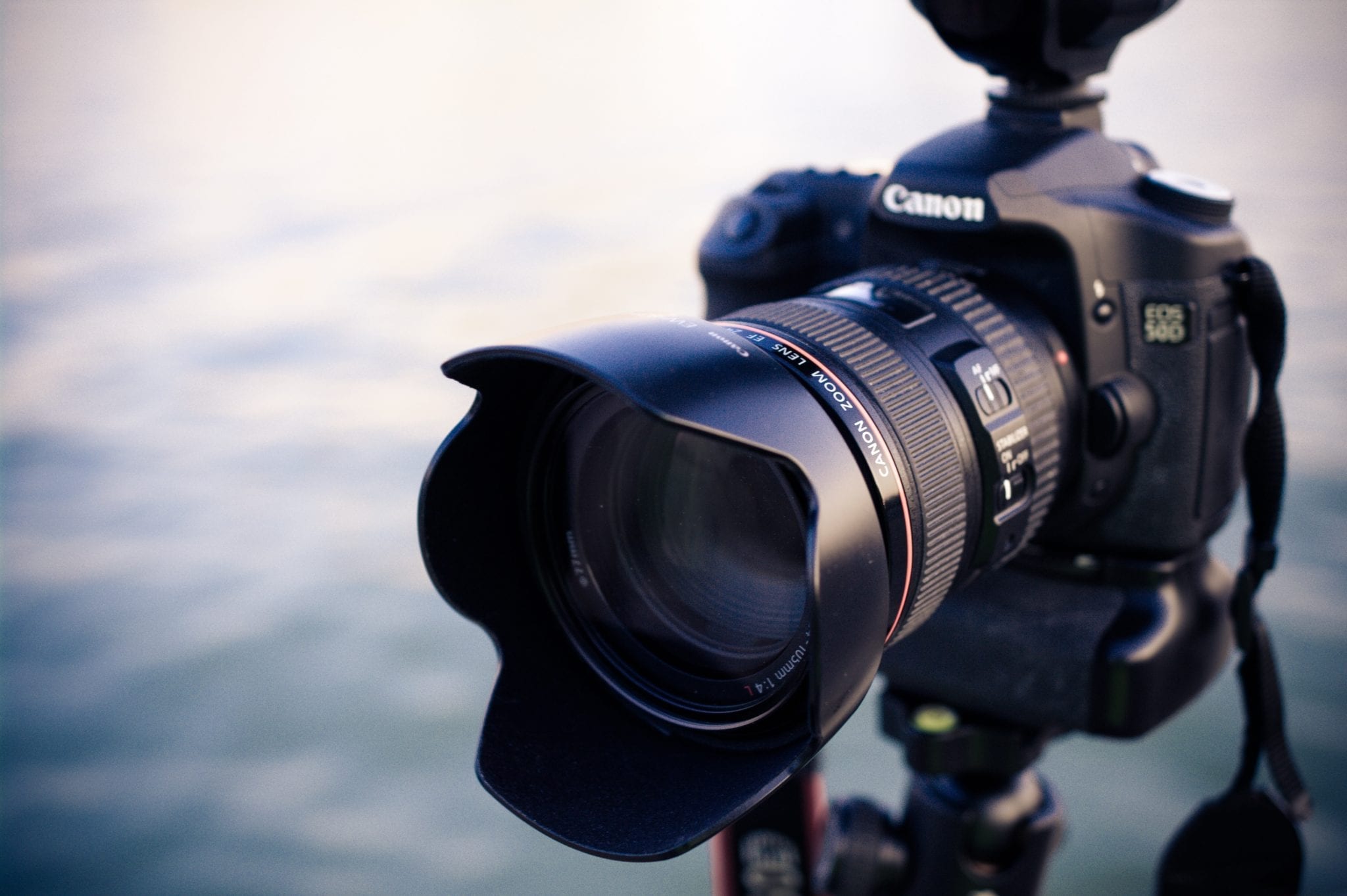On Episode 101 of The Edge of Innovation, Paul Parisi & Dan Buckley are talking about the latest tech trends in the news today! They’re discussing vehicle technology & augmented reality!

Hacking the Future of Business!

On Episode 101 of The Edge of Innovation, Paul Parisi & Dan Buckley are talking about the latest tech trends in the news today! They’re discussing vehicle technology & augmented reality!

On episode 69 of The Edge of Innovation, we’re talking with photographer Al Pereira about what it’s like to be a freelance photographer and run a photography store.

On episode 68 of The Edge of Innovation, we’re talking with freelance photographer Al Pereira, about being an entrepreneur and running Advanced Photo, a photography store in North Reading, Massachusetts.
Web publishers face a quandary in 2014: User expectations for how quickly a website will load are getting faster and faster. But web pages keep getting fatter and fatter, adding custom fonts, bigger art, more video, and more complex JavaScript into the mix. Our 3G reality often falls short of our broadband dreams. Patrick Hamman at The Guardian gave an interesting talk last week at the FrontTrends conference in Warsaw about how they’re trying to make theguardian.com load a lot faster in its new, responsive design, and there are a lot of ideas in here ready to be stolen by other news site developers. One remarkable fact: A Guardian audience survey found that, of 17 key product drivers, the speed of the site ranked No. 2, behind only …
Original Article Can Be Found Here:
Is your news site too slow? Probably, though The Guardian’s trying to speed theirs up
Also published on Medium.